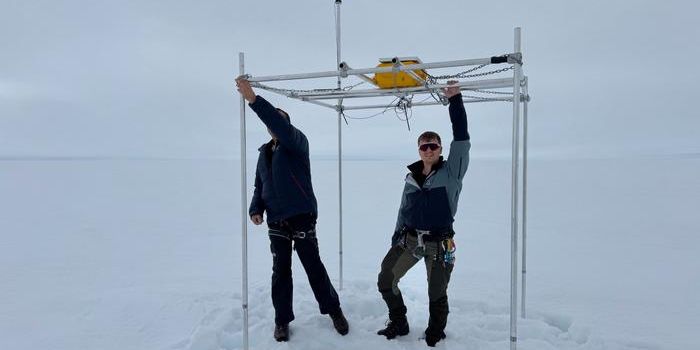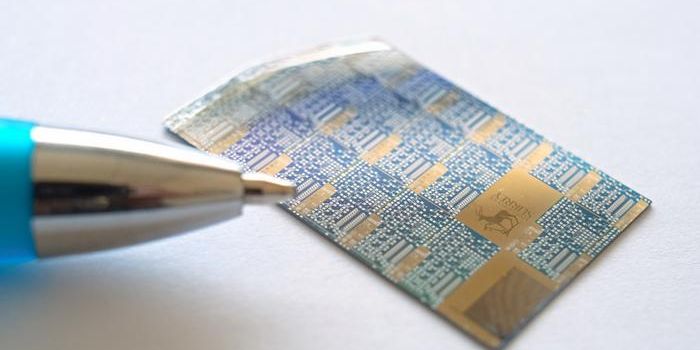This membrane cleans itself using sunlight
The development of a self-cleaning membrane holds many implications for industrial water treatment plants. The membrane, designed by a team of researchers led by Dr. Jeehye Byun and Director Seok Won Hong from Water Cycle Research Center at The Korea Institute of Science and Technology (KIST), offers a solution to the issues that conventional membrane technologies have confronted.
While membranes are used widely in water treatment processes to enhance water quality, they are limited by the accumulation of bacteria and microbes on their surfaces. Such accumulation impedes performance and results in high maintenance costs. Hence why the self-cleaning membrane developed by the KIST researchers is so ground-breaking.

The researchers’ membrane auto-cleans when it is exposed to sunlight irradiation for a mere ten minutes, allowing it to be utilized continuously. Not only does this reduce the cost of membrane management, but it eliminates the need for the chemicals that are typically used to clean membranes.
The photocatalyst on the membrane is capable of decomposing all biological contaminants that may accumulate on the membrane’s surface. In testing, it proved capable of removing 99.9% of bacteria, (Escherichia coli and Staphylococcus aureus) and viruses (MS2 bacteriophage) in under an hour of exposure to sunlight. The team says the membrane can also clean itself from organic contaminants like dye solutions and heavy metals.
"Our research revealed that the efficiency of the water treatment processes can be improved by conjugating the photocatalytic technology and the water treatment membrane technology," commented Dr. Jeehye Byun. "Based on these research results, we will endeavor to develop next-generation membranes that can lead in the water treatment membrane market."








